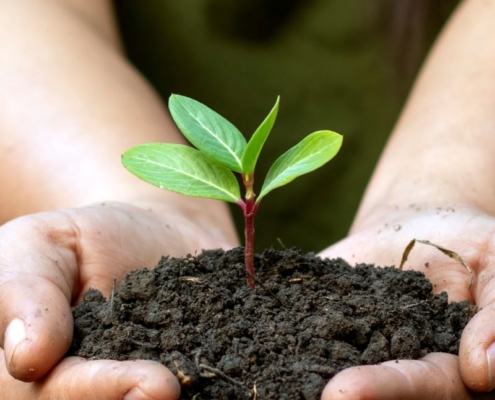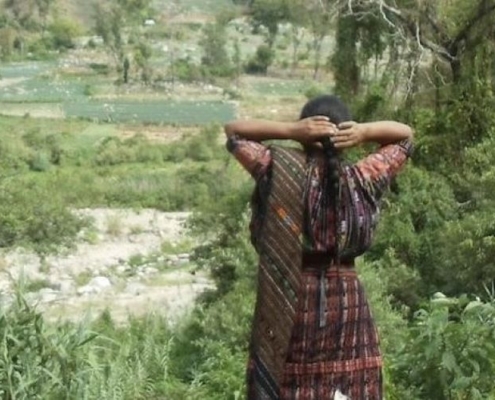 Ethical Fashion Guatemala
Ethical Fashion GuatemalaMayan Healers Offer Authentic
/
0 Comments
Mayan healers offer authentic experiences and valuable knowledge, there is also a growing concern about the presence of inauthentic or "fake" Mayan healing
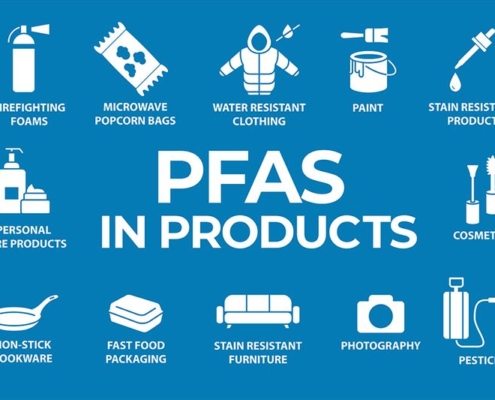 Ethical Fashion Guatemala
Ethical Fashion GuatemalaGuatemalan food is safe
Guatemalan food is safe.Yes, here's why.Guatemala's small farms have limited funds to grow their produce is why they do not use chemicals.
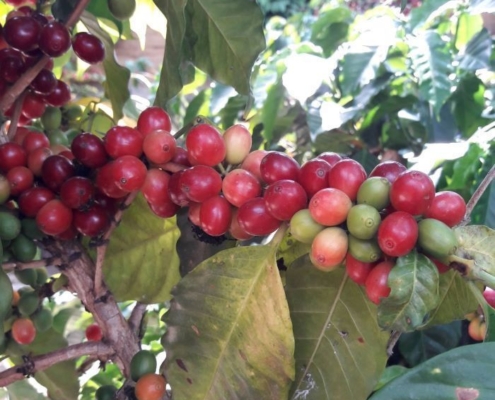 Ethical Fashion Guatemala
Ethical Fashion GuatemalaCoffee Tour in Guatemala
Coffee tour in Guatemala during the coffee harvest season, which typically begins in late fall and can last through early spring, would be an excellent choice.
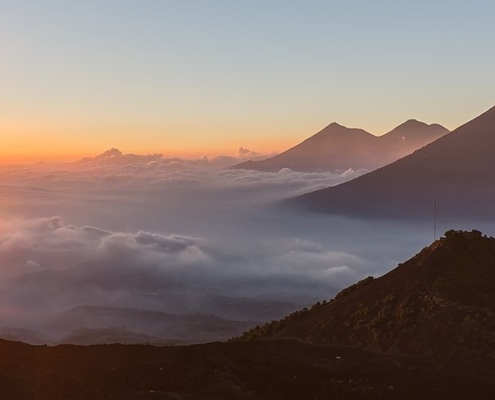 Ethical Fashion Guatemala
Ethical Fashion GuatemalaVolcano Hikes in Guatemala
Here's a list of some of the best volcano hikes in Guatemala, catering to different experience levels and preferences:
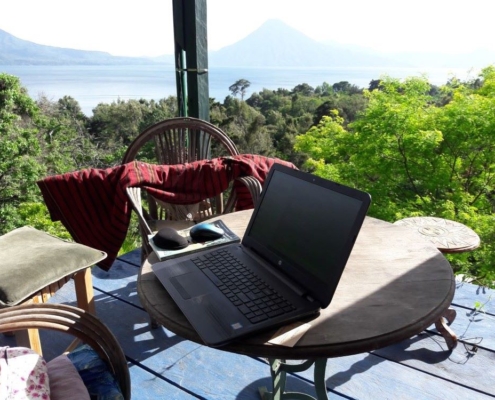 EEthical Fashion Guatemala
EEthical Fashion GuatemalaDigital Nomads
Digital nomads are flocking to Guatemala for its stunning beauty, rich culture, and affordability. Millions of digital nomads work remotely
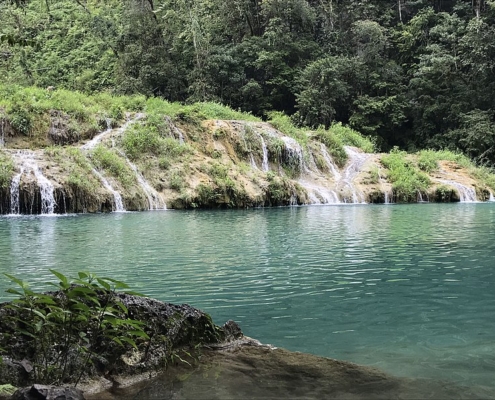 Ethical Fashion Guatemala
Ethical Fashion GuatemalaSemuc Champey
Semuc Champey, How to get there from Antigua, Shuttle Services and Activities.
Semuc Champey is the crown jewel of Lanquin, Guatemala. It's a natural limestone bridge with cascading turquoise pools, perfect for swimming and relaxation.
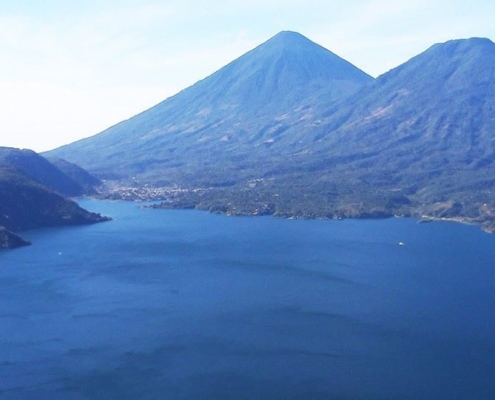 EEthical Fashion Guatemala
EEthical Fashion GuatemalaFive days Lake Atitlan
Five days Lake Atitlan. Discover Lake Atitlan activities few experience.
Lake Atitlán in Guatemala is renowned for its stunning beauty and rich cultural experiences.
Here are some of the greatest activities you can enjoy around the lake, that most never have time or even know exist.
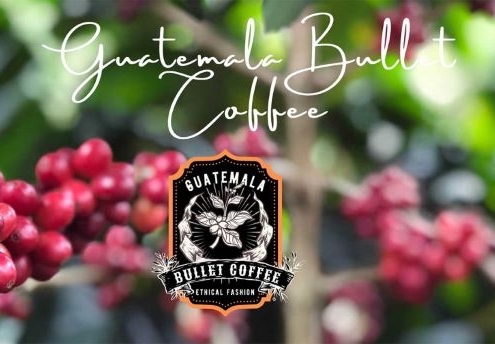 Ethical Fashion Guatemala
Ethical Fashion GuatemalaGuatemala Shuttle Services Prices
The most requested information is for Guatemala Shuttle Services Prices
This list will provide times and prices from the following locations in Guatemala.
There are many shuttle services to choose from In Guatemala, so we chose one.
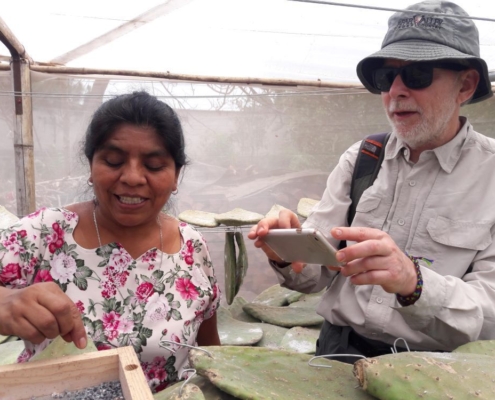 Ethical Fashion Guatemala
Ethical Fashion GuatemalaReal Mayan Textiles or Fakes
If you hire a guide make it clear you want to not only see his or her suggested shops, because some guides get a cut on purchases from larger shops for bringing guests.Finally Chi Chi Market, I always suggest to travelers not go on Market days, Thursdays, and Sundays.
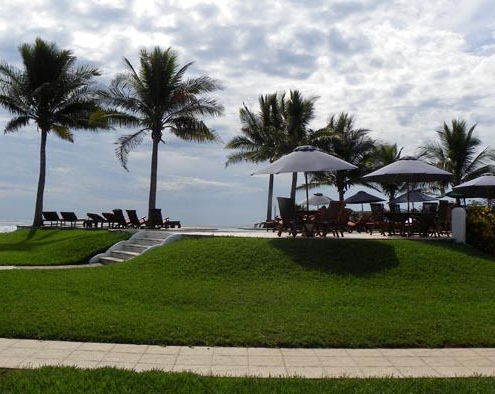 Ethical Fashion Guatemala
Ethical Fashion GuatemalaEl Paredón Beaches Hotels
El Paredón Beaches Hotels
El Paredón, Guatemala, might be a small fishing village, but it boasts a big reputation for world-class surfing and stunning beaches.
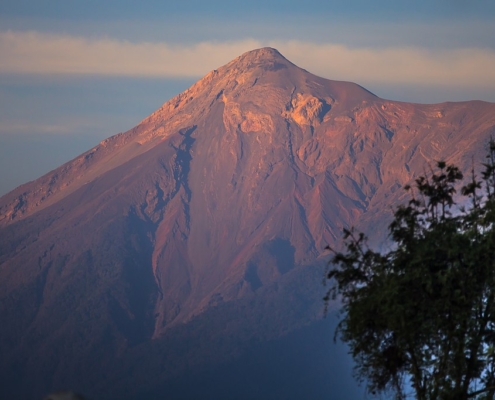 Ethical Fashion Guatemala
Ethical Fashion GuatemalaHiking a Guatemala Volcano
These are among the most prominent hiking destinations, and other lesser-known volcanoes also offer hiking opportunities. The exact number of volcanoes suitable for hiking can vary based on factors like accessibility, safety, and activity status.
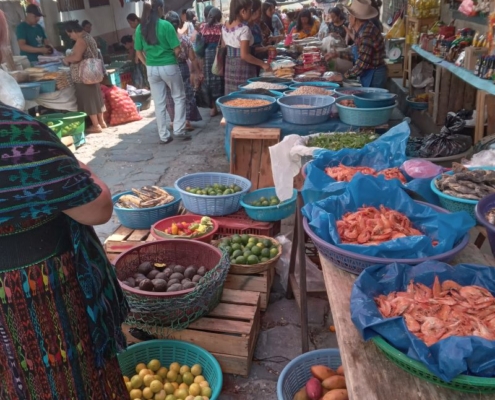 Ethical Fashion Guatemala
Ethical Fashion GuatemalaGuatemala Food Quality Markets
Guatemala Food Quality Markets. Restaurants, Street Food.I adore visiting the markets in Guatemala to get local cheese, meats, fresh veggies
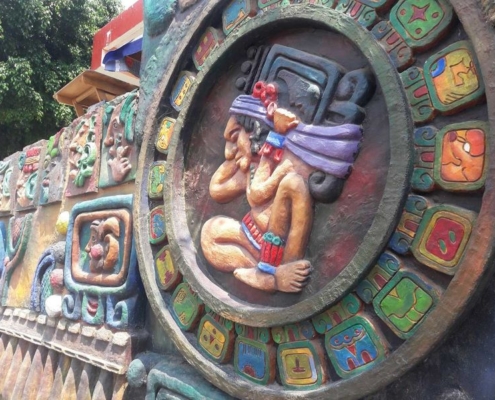 Ethical Fashion Guatemala
Ethical Fashion GuatemalaMayan Ruins in Guatemala
Mayan Ruins in Guatemala. Guatemala is home to some of the most impressive and well-preserved Mayan ruins in the world.
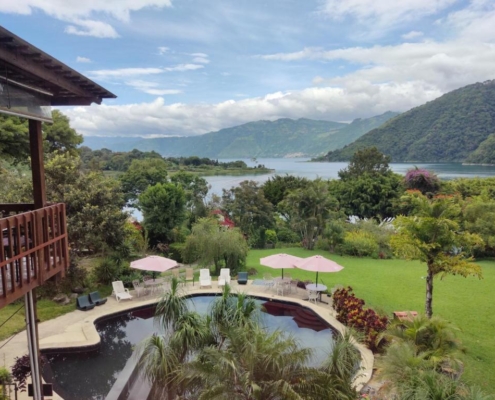 Ethical Fashion Guatemala
Ethical Fashion GuatemalaSan Lucas Tolimán
San Lucas Tolimán has a few wonderful full-service hostels. https://hoteltoliman.com/ is one example. If you are looking for the chance to stay on a Coffee Finca Los Tarrales offers travelers a chance to be on a working coffee Finca with some of the very best birding in all of Guatemala.
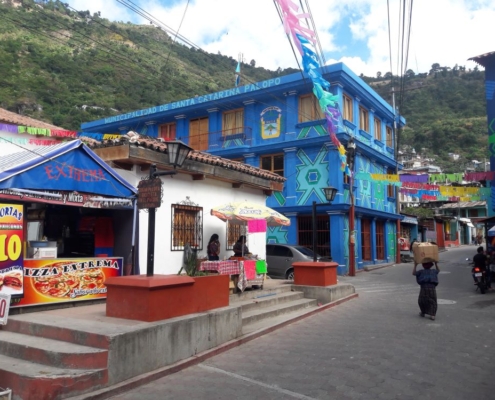 Ethical Fashion Guatemala
Ethical Fashion GuatemalaSanta Catarina Palopo
Santa Catarina Palopo. We understand that living in a tiny indigenous hamlet is not for everyone; nonetheless, Santa Catarina Palopo has given us with a peaceful, intriguing, and welcoming environment.

